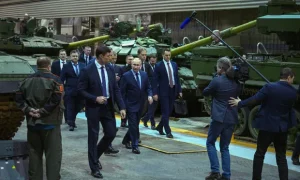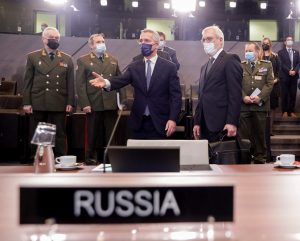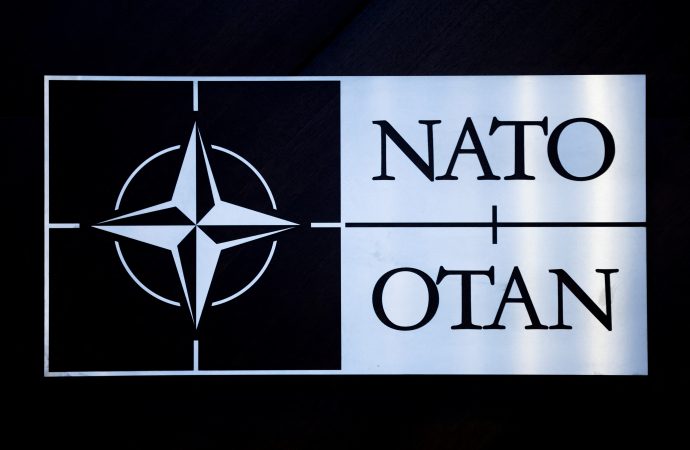Introduction In the ever-shifting landscape of international relations, recent developments have prompted NATO members to express heightened concerns about Russia’s aggressive posture. Dr. Emma Thompson, an esteemed expert in international relations and NATO Russia’s aggression analyst, sheds light on the intricacies of this geopolitical puzzle. The Escalating Tensions NATO, the North Atlantic Treaty Organization, is a
Introduction
In the ever-shifting landscape of international relations, recent developments have prompted NATO members to express heightened concerns about Russia’s aggressive posture. Dr. Emma Thompson, an esteemed expert in international relations and NATO Russia’s aggression analyst, sheds light on the intricacies of this geopolitical puzzle.
The Escalating Tensions
NATO, the North Atlantic Treaty Organization, is a crucial alliance formed to ensure the collective defense of its members against common threats. Recently, Russia’s actions have raised eyebrows among NATO members, sparking discussions about the alliance’s response to safeguard global security.
Key Indicators of Russia’s Aggressive Posture

This image is taken from google.com
- Military Buildup: Reports indicate an increase in Russian military activities near NATO borders, including large-scale exercises and the deployment of advanced weaponry.
- Cyber Threats: NATO members have experienced an uptick in cyber threats originating from Russia, heightening concerns about the potential for destabilizing cyber-attacks.
- Disinformation Campaigns: Russia has been accused of engaging in disinformation campaigns to manipulate public opinion and sow discord within NATO member states.
Geopolitical Implications
Dr. Thompson emphasizes the broader geopolitical implications of Russia’s aggressive posture. The uneasy relationship between NATO and Russia has the potential to reshape alliances, influence global power dynamics, and impact diplomatic relations on a global scale.
Potential Threats to NATO Member States
| Threat | Description |
|---|---|
| Military Provocations | Heightened military activities near NATO borders raise concerns about potential provocations, necessitating a robust alliance response to safeguard member states. |
| Cybersecurity Vulnerabilities | Increased cyber threats pose a risk to NATO member states’ infrastructure, emphasizing the need for enhanced cybersecurity measures and collaboration within the alliance. |
| Strategic Alliances | Russia’s actions may strain NATO’s relationships with other global partners, requiring careful diplomatic navigation to maintain stability in international affairs. |
NATO’s Response Strategy

This image is taken from google.com
NATO members are actively working on a cohesive response strategy to address the challenges posed by Russia’s aggressive posture. Dr. Thompson outlines key aspects of NATO’s approach:
- Deterrence Measures: Strengthening deterrence capabilities through military exercises, strategic positioning, and the development of rapid response forces to dissuade potential aggressors.
- Cyber Defense Initiatives: Collaborative efforts to enhance cybersecurity capabilities, share intelligence, and develop a unified response to counter cyber threats emanating from Russia.
- Diplomatic Engagement: Engaging in diplomatic dialogue to address underlying issues and prevent further escalation, emphasizing the importance of open communication channels.
Conclusion
As tensions rise and NATO members sound the alarm on Russia’s aggressive posture, the international community watches closely. Dr. Emma Thompson’s expert analysis provides valuable insights into the multifaceted challenges facing NATO and the delicate balance required to navigate these complex geopolitical waters. As the world grapples with evolving threats, the unity and resilience of NATO remain crucial in maintaining global stability and ensuring the collective security of its member states.
















